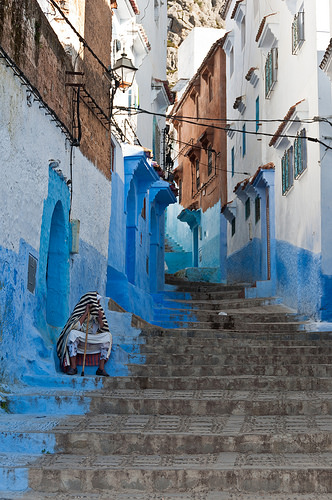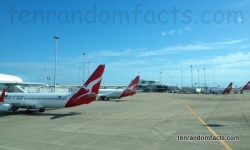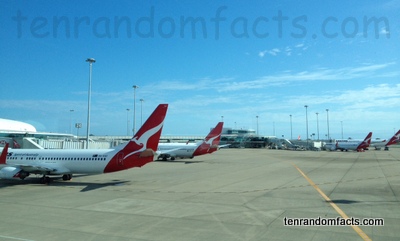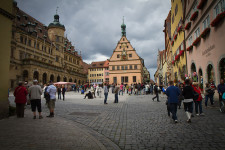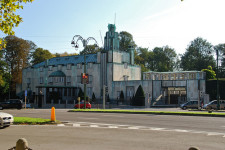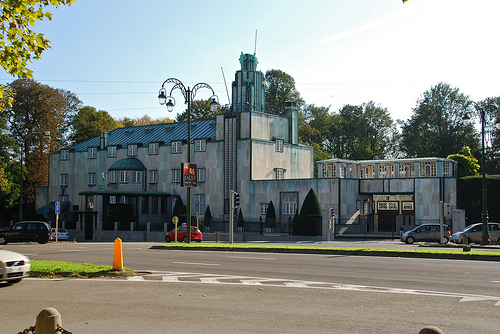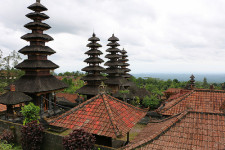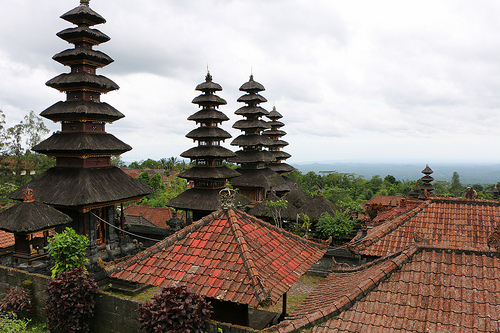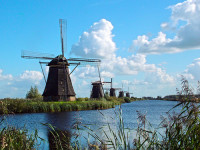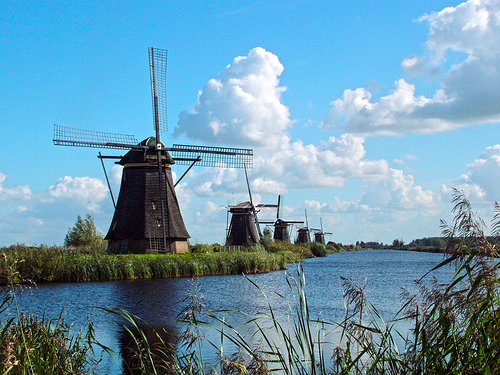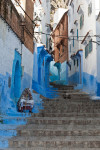
Chefchaouen is a calming blue.
- Chefchaouen, also known as ‘Chaouen’, or ‘Xauen’ in Spanish, is a city located in the north of Morocco, North Africa, in the Rif mountains, and it sits approximately 660 m (2165 feet) above sea level.
- The name ‘Chefchaouen’, meaning ‘watch the horns’ comes from the term ‘chaoua’ meaning ‘goat’s horns’ in one of the tribal languages, in reference to the appearance of the mountains situated over the town, while the term ‘chef’ is translated as ‘looks at’.
- Chefchaouen is a popular tourist site, with around 200 hotels actively used to cater for visitors that come to experience the natural beauty, and history.
- In 2004, Chefchaouen had a population of 35,709, which is around 7,000 people less than the census of a decade prior.
- Chefchaouen is famous for its many buildings and objects, that have either been totally or partially painted the colour blue.
A Street of Chefchaouen
Image courtesy of Mark Fischer/Flickr
- Chefchaouen was originally built as a fortress in 1471, used against the Portuguese in their invasion, and the city has been a safe-haven for Jewish refugees at least twice in its history.
- Chefchaouen is notable for selling an extensive variety of textiles, handcrafts and goat cheese, while the drug cannabis is widely grown in the area.
- The blue painted buildings of Chefchaouen are a tradition that is believed to have begun in the 1930s, or possibly centuries earlier, started by Jewish refugees, serving as a reminder of God and a reflection of the sky.
- Chefchaouen was under Spanish command from the 1920s to 1956, and it had been attacked by Spain prior to this occasion.
- The blue buildings of Chefchaouen are typically repainted every two years to maintain the colour.
Bibliography:
Chefchaouen, 2015, Wikipedia, https://en.wikipedia.org/wiki/Chefchaouen
Chefchaouen, the Blue City of Morocco, 2012, Amusing Planet, http://www.amusingplanet.com/2012/08/chefchaouen-blue-city-of-morocco.html
Neubauer I, Chefchaouen: The electric beauty of Morocco’s incredible blue city, 2015, CNN, http://edition.cnn.com/2015/08/03/travel/morocco-blue-city-chefchaouen/
To Visit the Medina of Chefchaouen, n.d, Chaouen.info, http://www.chaouen.info/in-medina.html





